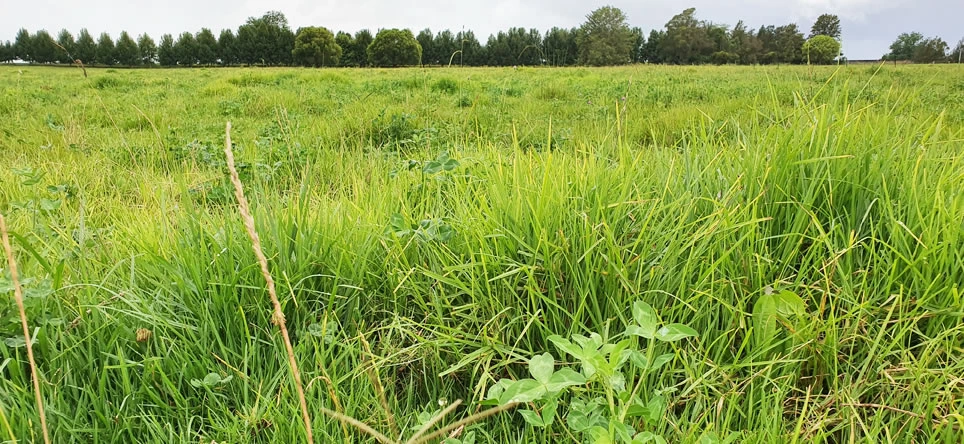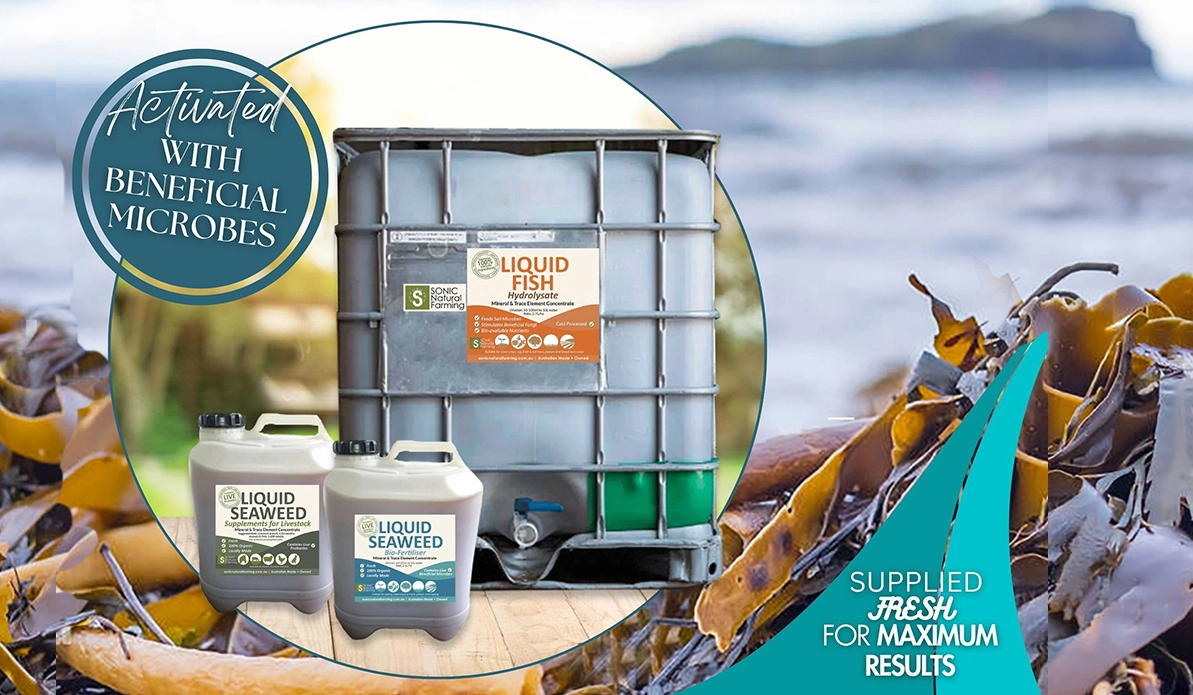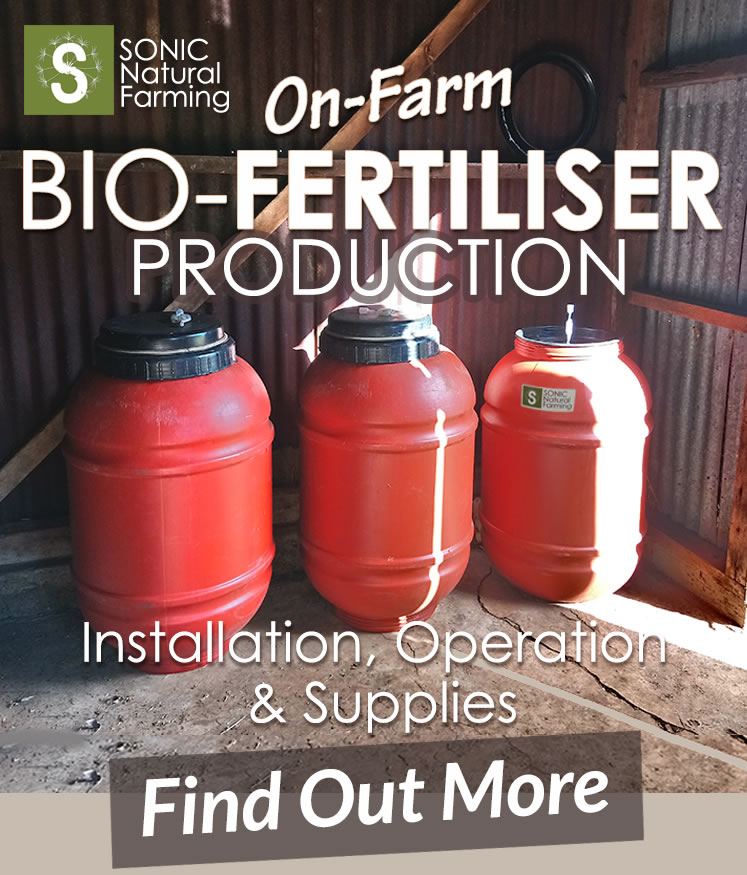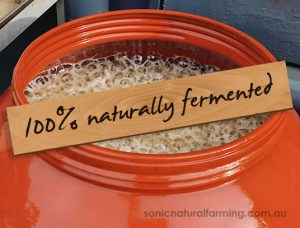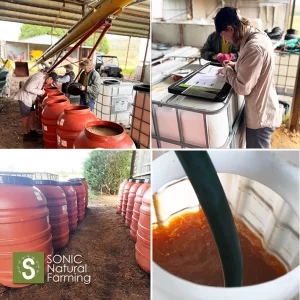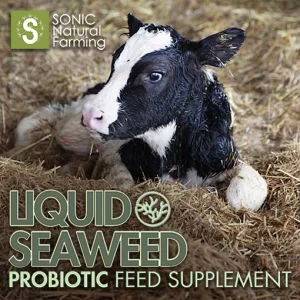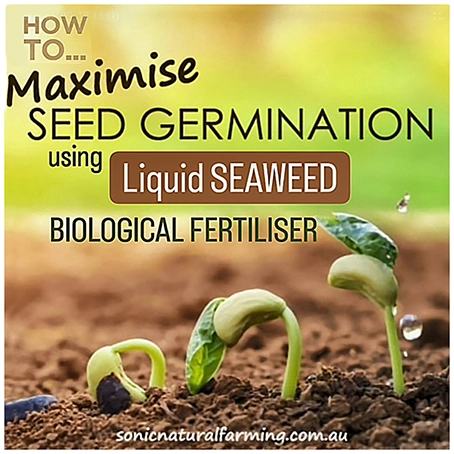Why is Plant Diversity Beneficial to Soil Fertility?
Plant diversity is essential for a thriving ecosystem. When a variety of plant species are grown together, it offers numerous benefits to the soil and overall environmental health.
1. Plant Root Variation
Plant diversity creates a variation of roots, for example, some plants have deep tap roots, and some shallow. Deeper-rooted plants help break up compacted soil, while shallow-rooted species provide constant ground cover to prevent erosion.
With mixed-species planting, their root systems interact and create a more complex underground network. Rather than being competitive, all the plant roots work together to help support the biomass and fertility in the soil.
2. Diversity Provides Constant Ground Cover
With a diversity of plants it also means the ground is always covered, offering soil moisture and temperature moderation. Having crop diversity means there are always plant roots in the ground helping to form soil structure, which leads to more stable beneficial microbe communities and plants that are more resilient.
Furthermore, mixed species plantings help maintain constant ground cover throughout the seasons. This prevents soil from being left bare and exposed, which can lead to erosion, nutrient leaching, and weed invasions. The diverse rooting depths and growth habits of mixed plantings ensure the soil is protected year-round.
3. Plant Diversity Increases Soil Fertility
One of the main benefits of multi-species pasture cropping is that they can dramatically improve soil fertility. The reason is because different plant species, with different root systems, produce a larger diverse number of exudates. As a result, a wider diversity of microorganisms develop and multiply in the soil, taking up different nutrients and making them available to crops.
The mix of organic matter from decomposing plant materials also contributes to the nourishment of soil microbes and increases nutrient availability for subsequent crops. This can reduce the need for synthetic fertilisers, promoting more sustainable agricultural practices.
4. Diversity Improves Soil Structure & Water Infiltration
In addition, the different plant species in your pasture cropping can have complementary effects on soil fertility moisture retention abilities. For example, one plant species may improve soil aeration while another improves water infiltration. When they combine, the diversity helps to improve soil aggregation, which in turn enhances the soil’s ability to absorb and retain water.
Furthermore, the aboveground diversity of foliage, stems, and litter also contributes to improved soil structure. The varied plant materials decompose at different rates, providing a steady supply of nutrients and humus to the soil. This diversity in organic matter inputs supports a thriving community of soil organisms, further enhancing the soil’s overall health and water-holding capacity.

Diversity of Plants = Diversity of Soil Microbes
A seed or plant’s microbiome is the collection of all the microbes that live on and inside the seed or plant. These microbes include bacteria, fungi, viruses, and protozoa.
The plant’s microbiome is shaped by the plant’s environment, including the soil, air, water, and other plants. The microbiome also changes as the plant grows and develops.
A healthy microbiome is important for the plant’s growth, development, and resistance to disease.
Studies have shown that trees that were being ‘attacked’ by bugs, and were not producing fruit, started producing once the ground was covered in a diversity of cover-crops. The trees were still carrying the same bacterial load, and were being inhabited by the same bugs, but they were no longer being affected.
A Healthy Soil Plant Cycle
Plants capture light energy and convert it into glucose (sugars).
Plant sugars (exudates) come out of the roots to feed the microbes that are around them.
Microbes produce the enzymes (inside plant root aggregates) that make the minerals available to the plants.
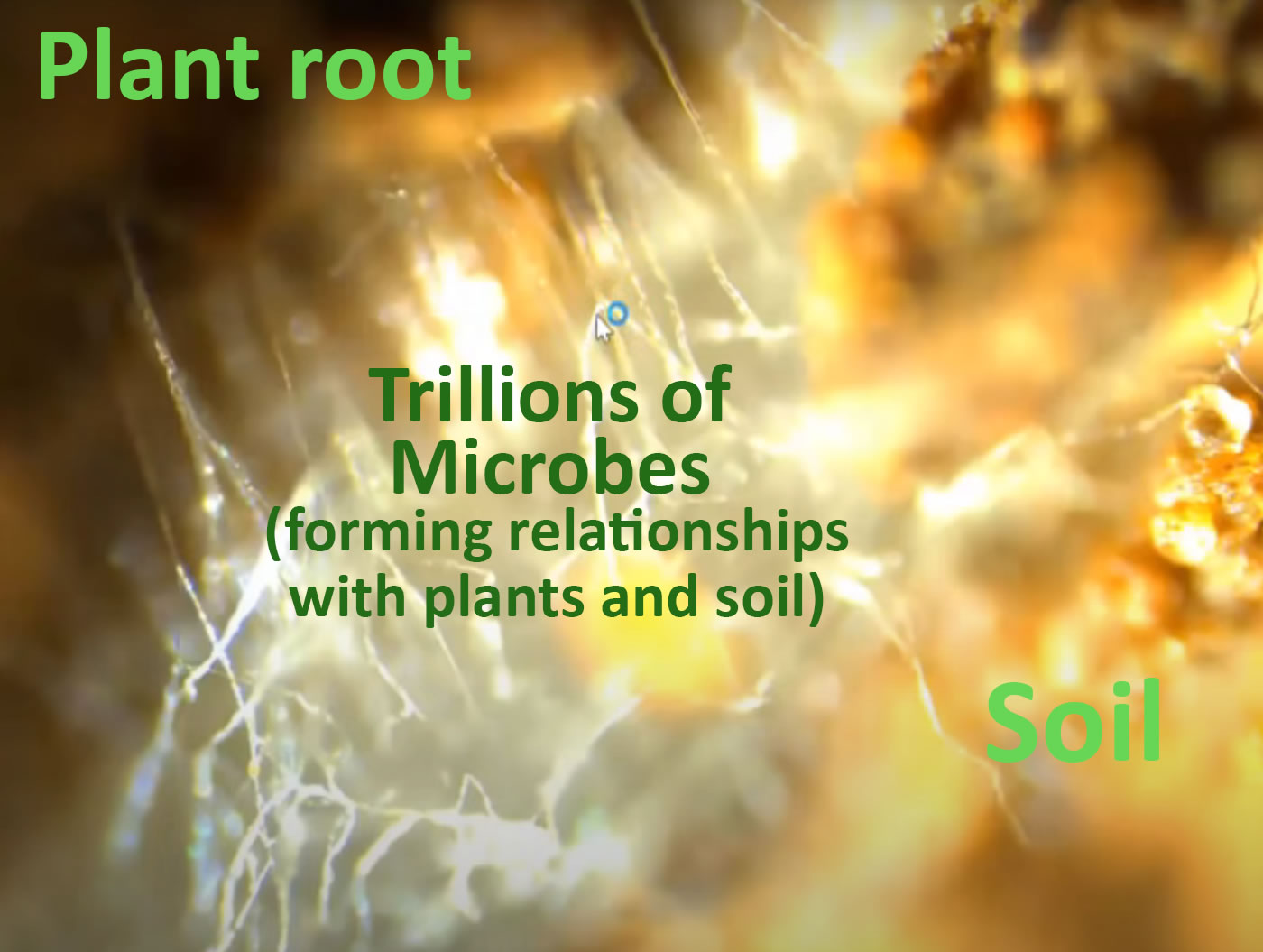
Why Soil Microbes Need Plant Root Aggregates
Water stable aggregates and rhizosheaths are important for carbon capture and plant nutrient acquisition because they provide a specialised micro-aerobic fixation site for microorganisms to break, eg. nitrogen bonds, and turn them into plant available forms. This is the only place where natural nitrogen fixation can occur.
When we use N fertiliser the formation of rhizosheaths and water-stable aggregates get inhibited, and the ‘signaling’ system becomes disrupted. As a result, plants have difficulty growing under stress, and they cannot cope with pests or diseases, because they lack the soil biology that communicates to each other using Quorum Sensing.

Budding yeasts in the fermentation process of making SONIC Fish Biofertiliser – Hydrolysate.
What is Quorum Sensing?
‘Quorum’ is the minimum number of ‘members’ that have to be present in order for a decision to be made, or a task to be accomplished. In the soil, Quorum Sensing (QS) refers to a density dependent behaviour of microbes for example, when a minimum density of microbes reaches a required threshold, they can switch genes on and off.
Every Microorganism Species has its own Unique Signal
When the signals reach a critical level, they regulate gene expression in the microbial population and or in the plant or animal host.
Mycorrhiza support a wide diversity of plants. The plant diversity ensures that there will always be some plants, at any given time, sending energy down to exchange nutrients, and water. This support provides a steady stability for soil biology to perform their various functions, and results in healthy plants with direct access to exactly the right nutrients when needed.
For more information about Quorum Sensing see Dr Christine Jones Video ‘Quorum Sensing in the Soil Microbiome’
Studies have shown soil health and fertility improves best when growing a variety of plants selected from different plant families. Plant examples may be grasses, legumes, clovers, wild flowers, tall herbs and short herbs.
To give your plants and soil biology a boost, consider using Biological Fertiliser made from fish or seaweed with your seed germination. Seaweed has natural growth hormones and can greatly assist seed germination and early growth. Read Article ‘Maximise Seed Germination with Biological Fertiliser’.
Multi-species planting and pasture cropping
Multi-species planting and pasture cropping can provide a number of benefits to the soil, including improved soil structure, weed control, increased organic matter, and improved nutrient cycling.
The use of multi-species planting for pasture cropping can be particularly beneficial for improving soil fertility, to a greater extent than single-species cover, and it should be noted that pasture cropping goes hand-in-hand with pasture management and holistic grazing practices.
Pasture cropping is a combination of cropping and grazing for the benefit of both enterprises and benefits the farmer economically and the environment.
Colin Seis, founder of pasture cropping, refers to it as perennial cover cropping or “zero till sowing of annual crops into living perennial pasture”.
The system follows no till sowing a crop into the window of dormancy of a pasture.
- The crop could be a cereal, a broadleaf or a mix species planting.
- Sowing winter grain crops into summer pastures.
- Sowing summer grain crops into winter pastures.
- Sowing forage crops in either of the above climates.
Read more about pasture cropping in the following links;
Article – Top 2 Most Cost-Effective Pasture and Cover Cropping Tips’

